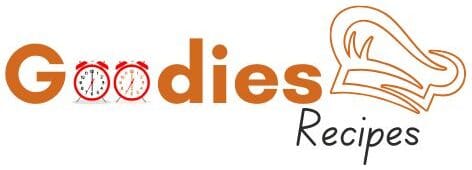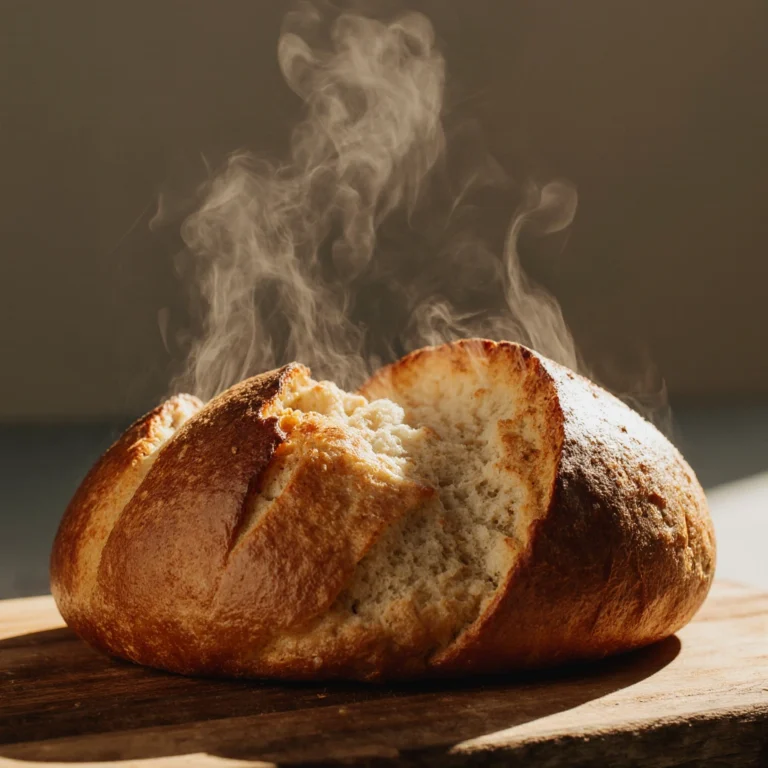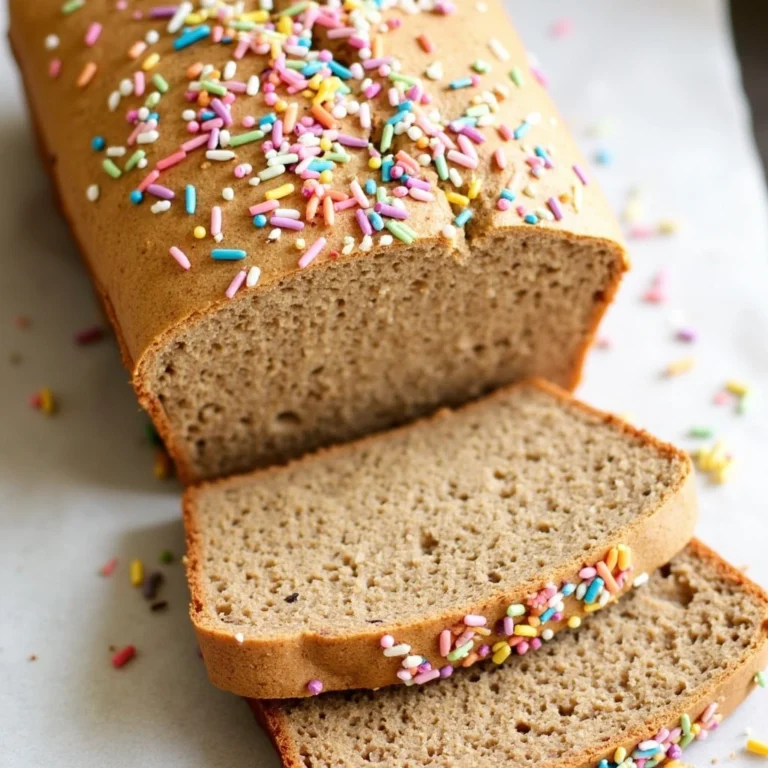Table of Contents
Preparing a bread recipe without yeast may seem challenging, but it’s actually one of the most enjoyable baking experiences. Whether you’re short on yeast, have dietary restrictions, or simply want to enjoy fresh bread in under an hour, this no-yeast method delivers exceptional results every time.
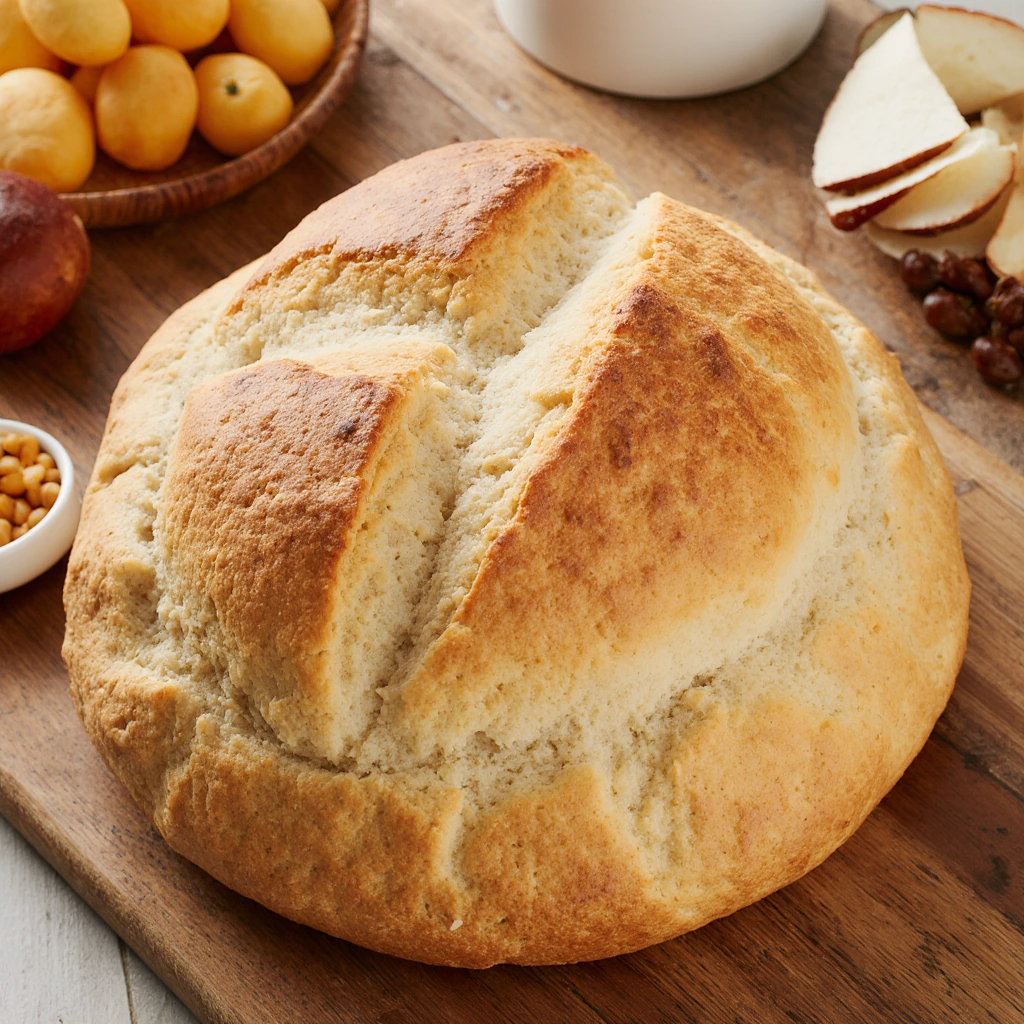
Ingredient List
Here’s everything you need for our special no-yeast bread recipe:
Dry Ingredients:
- 3 cups (360 grams) all-purpose flour – gives the bread texture.
- 1 tablespoon baking powder – a key leavening agent.
- 1 teaspoon salt – enhances flavor and strengthens gluten.
- 2 tablespoons sugar – improves browning and adds a subtle sweetness.
Wet Ingredients:
- 1¼ cups (300 ml) whole milk – adds moisture and richness
- ⅓ cup (75 g) melted butter – adds tenderness and a distinctive flavor
- 1 large egg – adds firmness and texture
Substitution Options:
- Flour substitutes: Whole wheat flour (use 2 3/4 cups), bread flour, or a gluten-free flour blend.
- Milk substitutes: Buttermilk (use 2 teaspoons of baking powder), almond milk, or oat milk.
- Butter substitutes: Olive oil, coconut oil, or margarine for dairy-free options.
- Egg substitutes: 1/4 cup applesauce or a commercial egg substitute for vegan options.
Time
This efficient no-yeast bread recipe is perfect for busy schedules:
- Preparation time: 10 minutes
- Baking time: 30-35 minutes
- Total time: 45 minutes
This saves 75% of time compared to traditional yeast bread, which typically takes 3 to 4 hours, including fermentation time. The speed of preparation makes it ideal for preparing quick meals or entertaining unexpected guests.
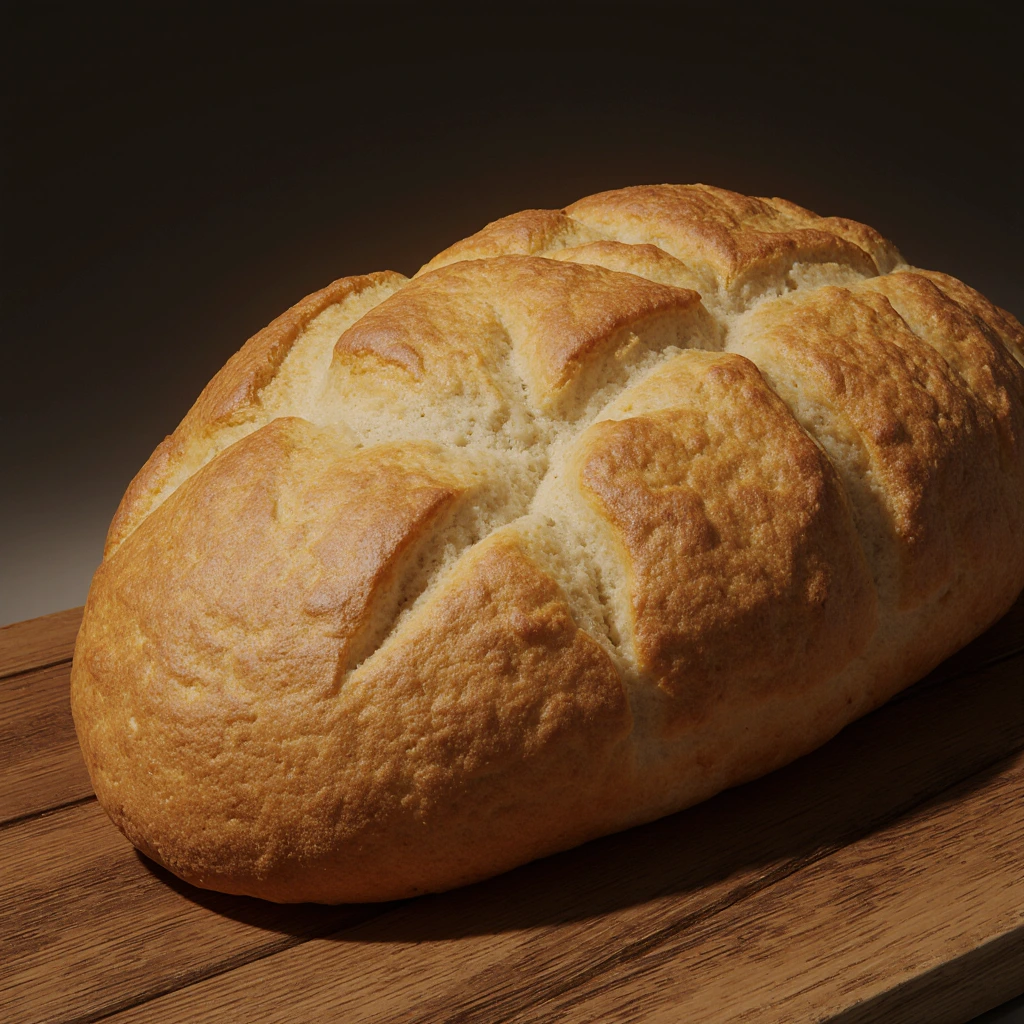
Step-by-Step Instructions
Step 1: Prepare the Baking Environment
Preheat the oven to 220°C (425°F) and grease a 9×5-inch baking pan with butter or cooking spray. This high temperature produces the initial steam needed for the yeast-free bread to rise. Line the bottom of the pan with parchment paper for easy removal.
Step 2: Mix the Dry Ingredients
In a large mixing bowl, whisk together the flour, baking powder, salt, and sugar until well combined. This step is essential for yeast-free bread, as proper distribution of the leavening agents ensures an even rise throughout the loaf.
Step 3: Prepare the Wet Mix
In a separate bowl, whisk together the milk, eggs, and melted butter until smooth. The butter should be slightly cool to prevent the eggs from cooking. The mixture should feel warm, not hot, to the touch.
Step 4: Mix the Wet and Dry Ingredients
Add the wet ingredients to the dry ingredients and stir gently with a wooden spoon or spatula. Mix until well combined. Overmixing releases too much gluten, resulting in tough bread.
Step 5: Shaping and Transferring
Turn the dough out onto a lightly floured surface and knead gently 3 to 4 times until it comes together. Shape it into a loaf and place it seam-side down in the prepared pan. The dough will be softer than traditional yeast bread dough.
Step 6: Slicing and Bake
Using a sharp knife, make a shallow slit along the length of the loaf. This allows the pastry to expand evenly during baking. Bake for 30–35 minutes, until the top is golden brown and a toothpick inserted in the center comes out clean.
Step 7: Cool and Serve
Let the bread cool in the pan for 10 minutes before transferring it to a wire rack. This cooling period prevents the bread from becoming soggy and allows the crumb to set properly.
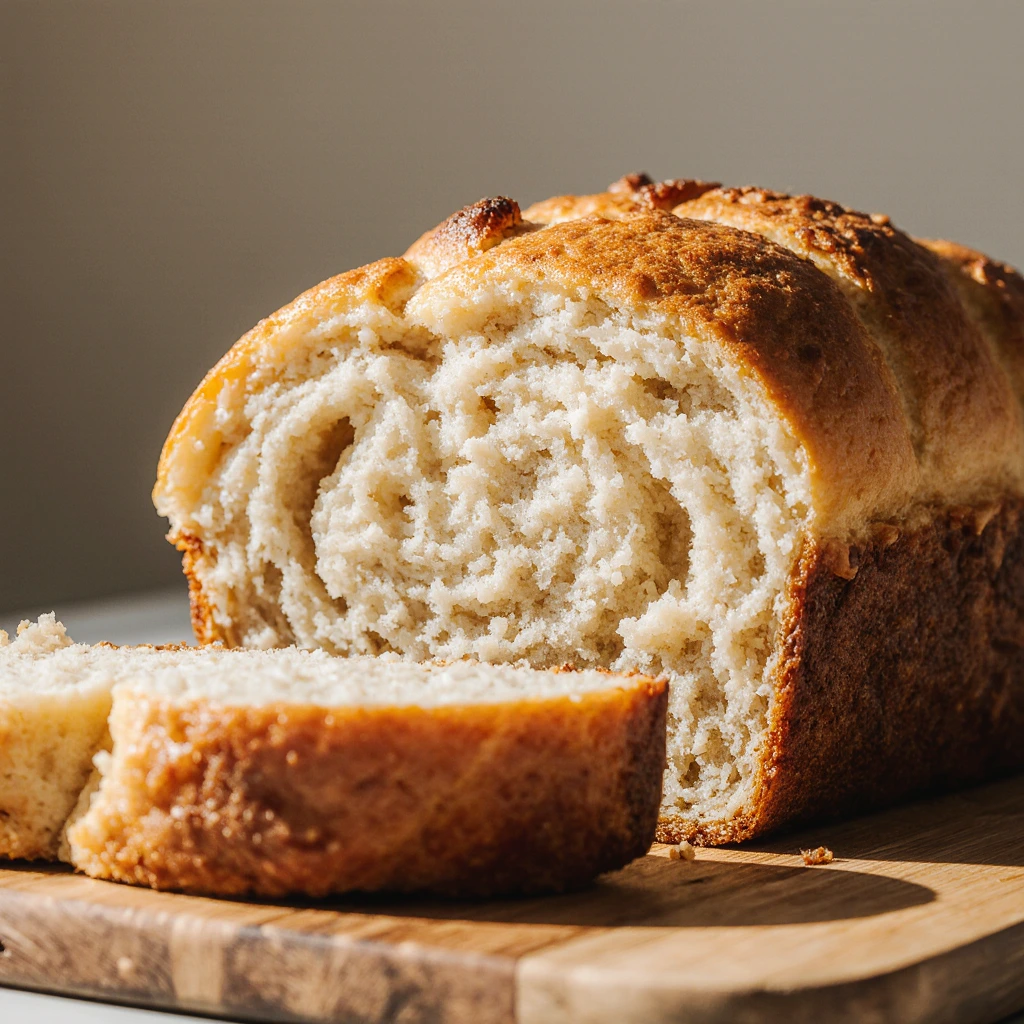
Nutritional Information
Per Slice (Assuming 12 slices per loaf):
- Calories: 185
- Protein: 5.2g
- Carbohydrates: 28g
- Fat: 6.1g
- Fiber: 1.1g
- Sodium: 285mg
- Sugar: 3.2g
Key Nutritional Benefits:
- B vitamins: essential for energy metabolism
- Iron: supports oxygen transport in the blood
- Calcium: from milk, supports bone health
- Protein: complete protein from the combination of milk and eggs
This yeast-free bread recipe provides 15% of your daily protein needs and 12% of your daily calcium needs per serving.
Healthy Recipe Substitutions
Transform a no-yeast bread recipe into a nutrient-dense source with these smart substitutions:
Whole Grain Booster: Substitute 1 cup of whole wheat flour for 1 cup of all-purpose flour, or add 2 tablespoons of ground flaxseeds for omega-3 fatty acids and a boost in fiber.
Less Sugar Version: Cut the sugar in half and add 1 teaspoon of vanilla extract for natural sweetness without the calories.
Protein Booster: Add 2 tablespoons of Greek yogurt to the wet ingredients and reduce the milk by 2 tablespoons for a protein boost and tangy flavor.
Heart-Healthy Fats: Substitute extra virgin olive oil for melted butter for monounsaturated fats that support cardiovascular health.
Gluten-Free Modification: Use a 1:1 gluten-free flour blend and add 1 teaspoon of xanthan gum to improve texture. Increase the amount of liquid by 2 tablespoons to achieve the perfect consistency.
Serving Suggestions
Enhance your yeast-free bread recipe with these innovative serving ideas:
Classic Comfort: Serve warm slices with butter and homemade jam for a traditional breakfast experience.
Savory Sandwich Base: This bread’s sturdy texture makes it ideal for hearty sandwiches. Try it with avocado, turkey, and bean sprouts for a healthy lunch.
French Toast Reboot: Old-fashioned toasted French bread slices add a unique twist thanks to their ability to soak up custard without crumbling.
Artisan Bruschetta: Brown slices and top them with fresh tomatoes, basil, and mozzarella cheese for an elegant appetizer.
Soup Accompaniment: The dense texture of this bread makes it ideal for dipping into soups and stews without becoming soggy.
Common Mistakes to Avoid
Avoid these mistakes to ensure your no-yeast bread recipe works every time:
Overmixing the dough: This is the most common mistake. Mix the ingredients until they are combined; lumps are normal. Overmixing produces excess gluten, making bread tough and rubbery.
Incorrect oven temperature: Baking at too low a temperature prevents the dough from rising properly. Always check the oven temperature with a thermometer, as many ovens operate at temperatures up to 25°F lower than indicated.
Stale baking powder: Check the expiration date of baking powder. Test for freshness by mixing a teaspoon of it with hot water—strong bubbles should appear.
Measuring flour incorrectly: Scooping flour directly from the bag will dry it out and make it heavy, resulting in dry bread. Instead, put the flour in measuring cups and level it off with a knife.
Opening the oven door too early: Avoid checking bread before the 25-minute mark. Temperature fluctuations can cause the bread to collapse.
Recipe Storage Tips
Keep bread fresh and extend its shelf life without yeast:
Short-term storage: Wrap refrigerated bread in plastic wrap or store it in an airtight container at room temperature for up to 3 days. Bread stays fresher when wrapped slightly warm.
Freezer storage: Slice bread before freezing for easy individual portions. Wrap each slice in plastic wrap, then place it in a freezer bag.
Revitalize stale bread: Wrap slightly stale bread in a damp paper towel and microwave for 20–40 seconds, or lightly toast it to restore its texture.
Preparation tips: Prepare the dry ingredients a week in advance and store them in an airtight container. When the bread is ready to bake, add the ingredients and proceed with the recipe.
Best Amazon Picks :
- Traeger Grills.
- HONGBAKE 3-Piece Nonstick Baking Sheet Set, Champagne Gold.
- Amazon Basics Rectangular Baking Bread
Conclusion
This no-yeast bread recipe delivers bakery-quality results in just 45 minutes, combining ease of use with exceptional taste and texture. The chemical leavening method produces a flaky, chewy bread, perfect for sandwiches, toast, or enjoying fresh from the oven.
Ready to bake? Try this recipe today and share your results in the comments below! Subscribe to our blog for more quick bread recipes and baking tips that make homemade baking accessible to everyone.
FAQs
Q: Can I make this recipe without yeast using self-raising flour?
A: Yes! If using self-raising flour, omit the baking powder and salt. Use 3 cups of self-raising flour and follow the recipe as directed. The texture of the bread will vary slightly but will still be delicious.
Q: Why is my bread dense and heavy?
A: Dense bread is usually caused by overmixing the batter or using expired baking powder. Mix the ingredients well until combined, and make sure the baking powder is fresh and effective.
Q: Can I double this recipe without yeast?
A: Absolutely! Double all ingredients and use two 9×5-inch baking pans. Baking time may increase by 5 to 10 minutes, so check for doneness with a toothpick.
Q: Can I add herbs or spices to this no-yeast bread recipe?
A: Yes! Add 1-2 tablespoons of dried herbs such as rosemary, thyme, or oregano to the dry ingredients. For a sweet twist, try 1 teaspoon of cinnamon or 1/2 teaspoon of vanilla extract.
Q: Is this bread suitable for those with lactose intolerance?
A: You can easily make it lactose-free by substituting lactose-free milk or plant-based alternatives such as almond or oat milk. Use butter or vegetable oil instead of regular butter.
